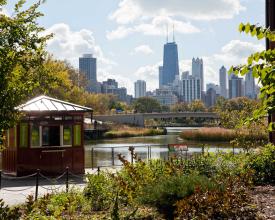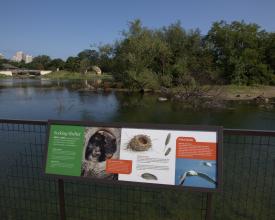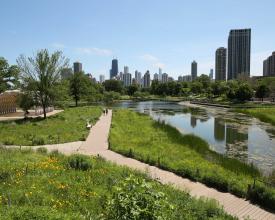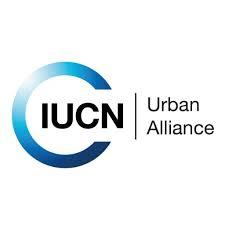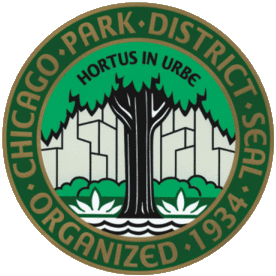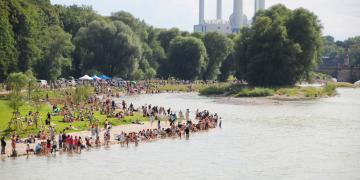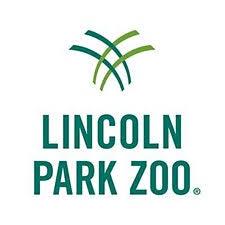
Nature Boardwalk at Lincoln Park Zoo: a haven for native wildlife
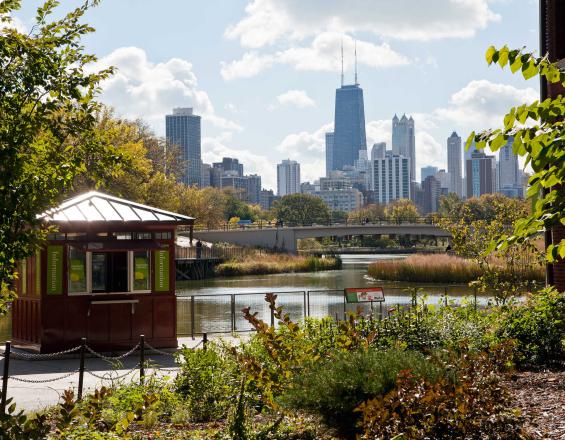
Nature Boardwalk at Lincoln Park Zoo transforms an unsustainable urban pond from the 19th century into a rich ecological habitat. With the design’s improvements to water quality, hydrology, landscape, accessibility, and shelter, the site is able to function as an outdoor classroom that demonstrates the coexistence of nature and city. The pond has become a crucial, connective habitat for resident and migratory animal populations, a popular outdoor destination and learning landscape for city residents and visitors alike, and a functional, self-sustaining solution to Chicago’s aging stormwater infrastructure. It helps maintain populations of emblematic animals such as the monarch butterfly and turtles.
Impacts
The boardwalk turned 10 in June 2020. It serves as a living laboratory for Lincoln Park Zoo’s Conservation and Science staff, and also as an educational space for nearly all of its learning programs including Partners in Fieldwork, the Enlace Garden Program, Chicago Environmental Stewards Spring Break, summer camps, and Zoo Explorers. Lincoln Park Zoo has also hosted 12 Nature Boardwalk interns, who help manage the zoo's Black Crowned Night Heron colony and develop and conduct their own research project. These programs all help train the next generation of urban ecologists.
The site is 14 acres and the boardwalk path is 0.56 miles long. The pond itself is up to 20 feet deep and is home to:
- 160 bird species, including the state-endangered black-crowned night heron
- 40 dragonfly and butterfly species
- 18 mammal species
- 10 reptile and amphibian species
- 5 fish species
- 400 plant and tree species
The area is maintained by 2 full-time horticulturalists and a dedicated team of about 50 volunteers who help maintain plant species diversity by managing invasive plants. In addition to the naturally managed vegetation in the site, 25 black oaks (Quercus velutina) and 5 jack pines (Pinus banksiana) were planted in the southeast corner of Nature Boardwalk to develop an ecosystem that mimics a black oak savanna.

